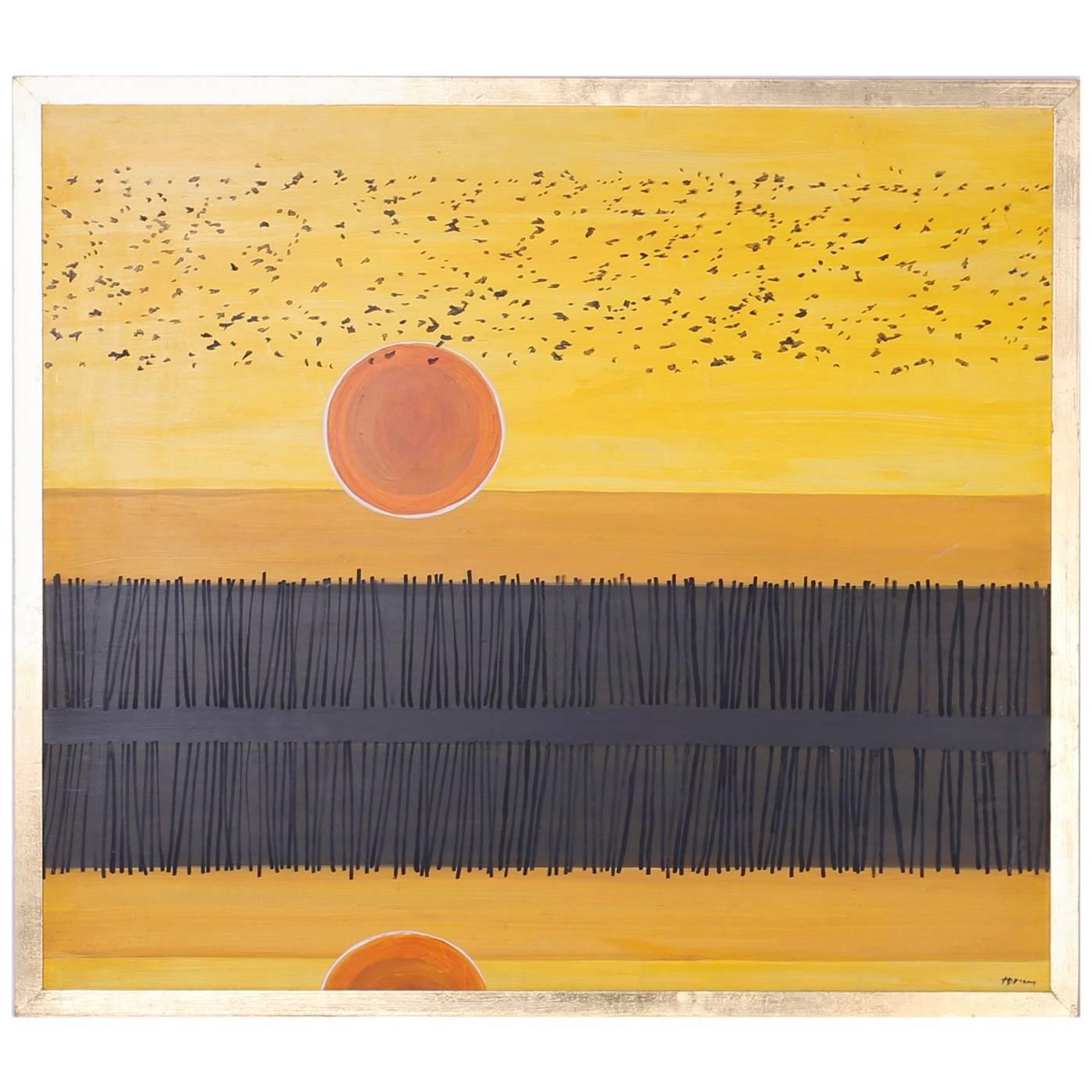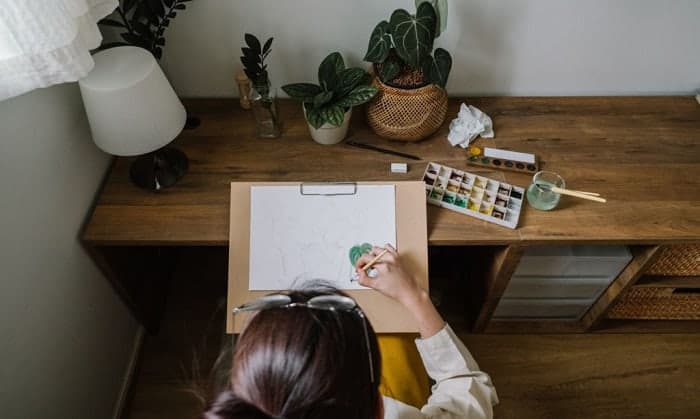

I prefer to mount them to Ampersand hardbord. The canvas I buy is fine textured and pre-primed with a layer of gesso. So I took what I liked about both and figured I'd combine them to create my own canvas panels using rolled canvas mounted to hardboard panel.
#ACRYLIC PAINT CANVAS BOARD CRACK#
Whenever I visited museums and viewed older paintings, it seemed that the ones done on stretched canvas were always the first to crack and show major signs of wear. At the same time however, I always felt I couldn’t trust a bare panel alone being that the edges can be quite delicate. For archival purposes, I didn’t like how stretched canvas can become loose over time. I originally thought that stretched canvas was just what I should use, but that changed with time as well. Finding the sweet spot is a personal endeavor and takes patience and time! It really takes some experimenting to figure out which you like best.

I like to apply gesso with a joint knife and scrape it across the canvas tooth rather than using a brush which doesn't necessarily help smooth things out. You can add layers of gesso and/or paint to smooth out those grooves, leaving just a touch of texture. Some canvases have a deep tooth and some have shallower tooth to them. All canvases and brands have varying textures. The great thing about canvas is that you can control how much texture you want.

If you want some texture, canvas is the way to go. So for me, I like texture to grab the paint, but not too much. I'll admit myself, smooth boards can be tricky! That being said, too much texture can take away from what you're trying to achieve. This is why many artists do not prefer to paint on smooth board or panels. Little to no texture will not pull paint off of your bristles and well as medium or coarse texture will. First, let's start with texture.ĭo you like a lot of texture or none at all? Or somewhere in between? The texture of your surface will determine how paint will transfer from your brush. If you like painting on panel, but want something more durable and with a bit more texture, I'll talk about that below in a second. I would highly recommend framing these and never hanging them with exposed corners. One major downside to gessobord, MSD panels, or other hardboards are that the corners are very prone to being dented and damaged if hit and as a result, they can and will chip if you're not careful. Painting on hard panel is still a great option if you find that it works best for you, just keep that in mind and be careful with them. Plain hardbord comes unprimed, so they'll need a layer or two of gesso Because of that, if you wish to try painting straight on a panel, I would go with a gessobord which comes primed and ready to paint. Hardbord is completely smooth and many love it for it's ability to allow for precise detail. Over time, stretched canvas can lose its rigidity and become loose on its frame, which can be bad if you are hoping to avoid any type of physical wear or cracking. Hardbord is excellent because unlike stretched canvas, it cannot be poked and doesn't flex nearly as much. If you’re wanting to start a profession in art and want your paintings to last decades to come, choosing a surface that will stand the test of time is key. One of the first things to consider when choosing a surface to create your masterpiece on is longevity and archivalness.


 0 kommentar(er)
0 kommentar(er)
